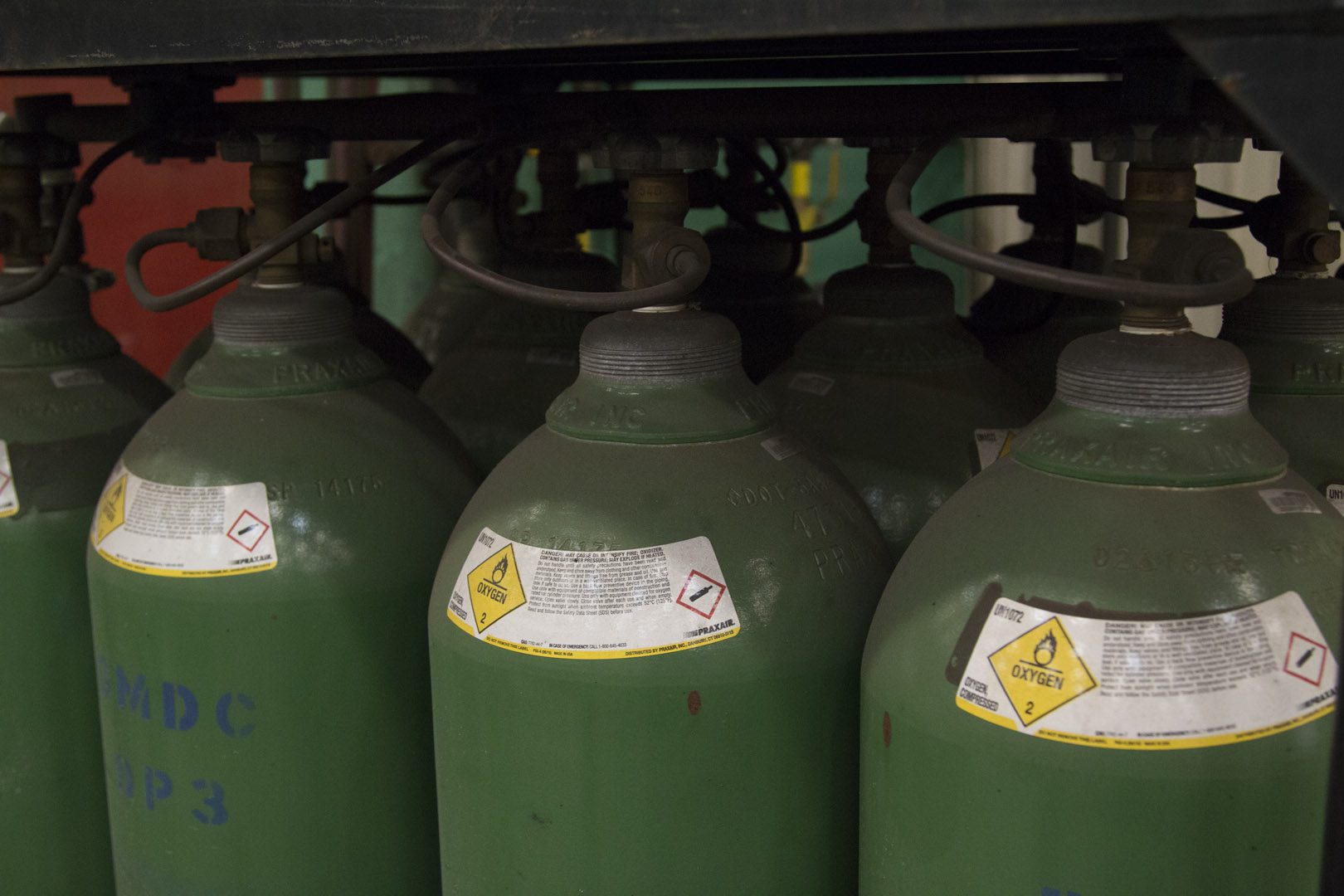Using the Proper Cover Gas
Shielding gas also called cover gas, can make or break a weld. These gases are commonly used in arc welding, including MIG and TIG welding. The gasses are used to protect the weld area from the elements (such as oxygen and water vapor), which can damage or break a weld. Skipping the use of a cover gas or choosing the wrong cover gas choice can result in excessive splatter making the weld more difficult, or even a weak or porous weld that could break.

Commonly Used Gases
Helium and argon are two commonly used inert gases (also called noble gases). These are commonly used on non-ferrous metals because of it does not react with the molten metals. Since these gases are more difficult to ionize, the result is a hotter arc that can be especially helpful when welding aluminum, magnesium, and copper alloys.
Oxygen, carbon dioxide, nitrogen, and hydrogen are semi-inert gases often used in welding. These gases are typically added to an inert gas like Argon, as large concentrations could damage the weld. Oxygen and carbon dioxide are typically added to steel welds to enhance arc stability and reduce surface tension. Hydrogen is commonly used in nickel welds but is avoided for aluminum or magnesium. Nitric oxide, Sulfur hexafluoride, and dichlorodifluoromethane are all used in specialized aluminum welds.
Common Cover Gas Mixes
As mentioned above, most types of cover gas used are a mix of inert and semi-inert gases. Some commonly used mix ratios include:
- Argon-carbon dioxide
- Argon-oxygen
- Argon-helium
- Argon-hydrogen
Factors in Choosing a Gas Mix
In addition to choosing the right mix based on the material being welded, many cover gas choices are also based upon cost. Gases like argon and the equipment required to use this gas can be expensive. Material setup and location can also affect gas choice. Cover gas welding is typically done indoors since outdoor applications can disperse the gas too quickly through wind and weather. The specific needs of the weld will also require different gas dispersal. The most common variations include:
- Small weld pools (includes short circuiting and pulsed spray) – 10 L/min
- Globular transfer – 15 L/min
- Spray transfer – 20-25 L/min
Using the proper cover gas is important, and can have long-term effects on both the quality of work and the budget and equipment involved in the job. Make sure to check the specific cover gas requirements for each job.

